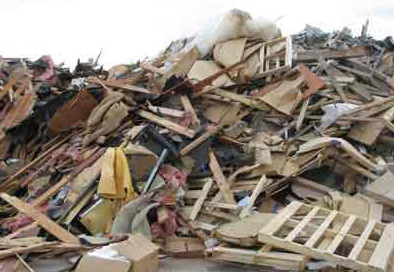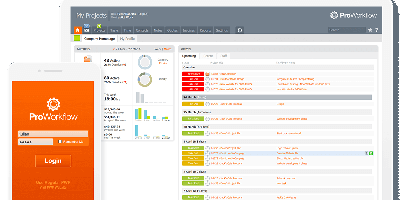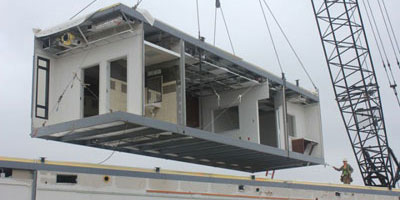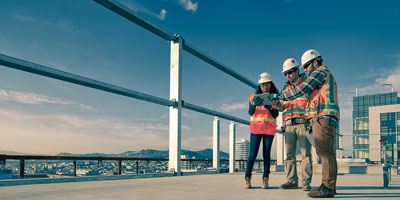The amount C&D Debris is Produced?
Cleaning services Sterling, VA explored the 251 million tons of metropolitan strong waste (MSW) created yearly in the U.S. Nonetheless, that shocking figure does exclude construction and demolition waste.
 Heap of broken timber pieces is all that remaining parts after a structure is wrecked in a characteristic disaster. Approximations shift fiercely on the aggregate sum of construction and demolition waste. Numerous states don't supply C&D information. The Environmental Protection Agency (EPA) doesn't affirm the information provided by the states that do offer waste insights.
Heap of broken timber pieces is all that remaining parts after a structure is wrecked in a characteristic disaster. Approximations shift fiercely on the aggregate sum of construction and demolition waste. Numerous states don't supply C&D information. The Environmental Protection Agency (EPA) doesn't affirm the information provided by the states that do offer waste insights. Be that as it may, moderate evaluations put American construction and demolition waste moving toward 460 million tons yearly—practically twofold the measure of MSW. That is up from 160 million tons of C&D squander in 2003.
Anyway much C&D squander is really made, most of it twists up dumped into landfills.
What Is Included in C&D Waste?
construction and demolition waste incorporates massive materials like:
Shingles
Soil
Metals including steel, aluminum and copper
Concrete
Folded cardboard
Electrical materials
Glass
Tree stumps and site rubble
Vinyl siding
Gypsum from drywall
Protection
Wood, compressed wood and framing
Clearing material
Plastics
Black-top
Block
Covering and ground surface
Pipes pipe and apparatuses
Rocks
Reuse and Recycling C&D Debris
"Deconstruction" disassembles a structure piece by piece, instead of crushing the structure down with a destroying ball or substantial hardware.
Numerous materials—like steel and different metals, untreated blunder, black-top, solid, material, and wallboard—can be spared and reused at different offices so others can reuse development materials.
Steel is especially simple to reuse. Its attractive characteristics make isolating steel from other C&D garbage simple and practical. It's unquestionably one of the best reused development materials.
Make your next building a green structure surrounded with ecologically amicable, steel reused development material.








